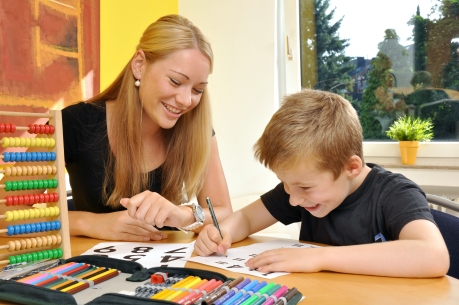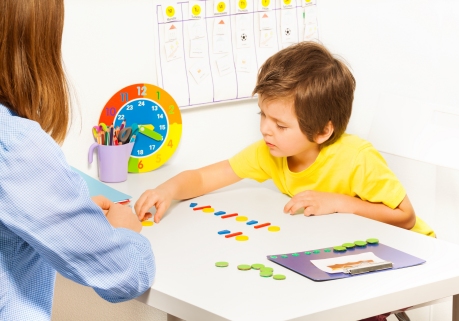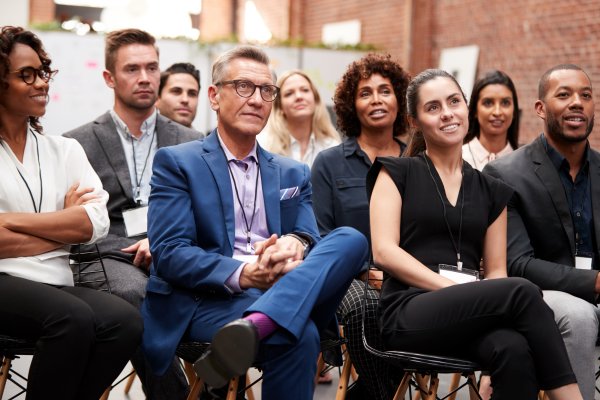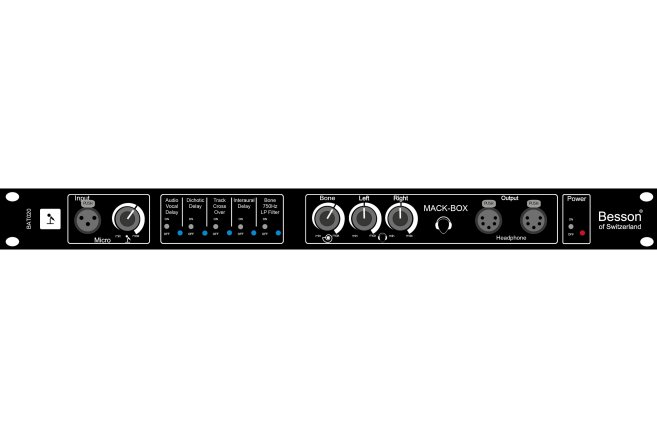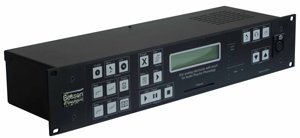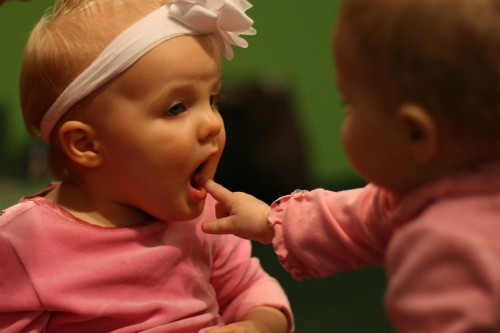Vision & Visual Processing
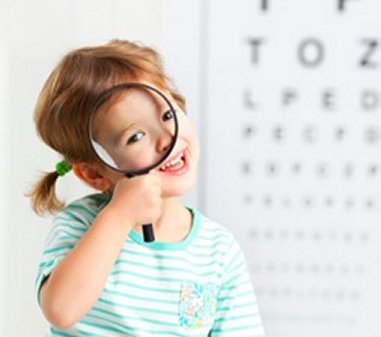
The Visual System
We must clearly distinguish between sight and vision. We can have healthy eyes that receive light information, convert it into a bioelectrical message in the retina and transmit it to the brain. But having 100% good visual acuity and not requiring optical correction (glasses or contact lenses) is not synonymous with having good vision.
Reality is much more complex…
What is vision?
Vision it is a sensorimotor process that is learned and developed during the first years of life.
VISION is a consequence of the analysis and processing of the information that the eye and other senses send to the brain to identify, interpret, and analyse the information. For this, the visual system must be connected to the different sensory areas such as hearing, language, memory, proprioception, and other networks.
“It is the process by which we perceive space as a whole” (Dr Skeffington).
The latest research in neuroscience shows that our brains are plastic and capable of change at levels we can’t even imagine. The eyes facilitate the visual processing of the brain and VISION directs the organization of the process as well as the plasticity of change.
Behavioural optometry is a specialty of optometry that develops the appropriate skills for the visual system to work effectively in relation to hearing, language, motor coordination and balance, and thus optimizes visual processing using neurological plasticity.
A good comprehensive visual examination should include in addition to refraction and ocular health, tests of binocular stability and accommodation, visuomotor skills and visuospatial integration, analysis of all areas of perception and visual processing skills.
“VISION AS A WHOLE in the individual.”
Dr Skeffington proposed a holistic model of vision. He looked at 4 primary questions that vision provides an answer.
The first question involves, ‘Where am I in space?’ This was termed ‘Anti-GRAVITRY’ and refers to an individual developing general motor control (working against gravity), learning how their own body work. We need to have a solid understanding of our position in space and how our bodies work, so that we can eventually be able to direct the finer muscles of the eyes effectively.
The next question involves, ‘Where is it in space?’, which is referred to as ‘CENTERING”. So, once I understand where I am in space, next I become aware of things around me. This involves our eyes moving to those objects and would also involve binocular vision to provide the depth perception, so I can get a more precise understanding of how far away that object resides in space from me.
The next question involves, ‘What is It?’ which is termed ‘IDENTIFICATION’. Here is where things like 20/20 visual acuity would reside and the ability to adjust our accommodation and also the area of getting meaning from what we are observing.
The final question involves, ‘What about it?’ which is referred to Speech-Auditory. This would involve the ability to process that which you are observing and communicate that to the outside world? Dr Skeffington used the overlapping model of the circles to illustrate that the intersection of all of the circles signifies what ‘Vision’ really is…


